Most people think of muzzles as aggressive dogs that bite and growl. Unfortunately, and unfairly, there is a stigma that muzzled dogs must be dangerous.
Personally, when I see a dog with a muzzle firmly on, I believe that the owner is being responsible and ensuring the safety of his dog and people. There are many reasons why dogs wear a muzzle: the dog may be recovering from a painful injury, he may be nervous to strangers or dogs, and there are laws for certain breeds that require a muzzle regardless of the dog’s history…
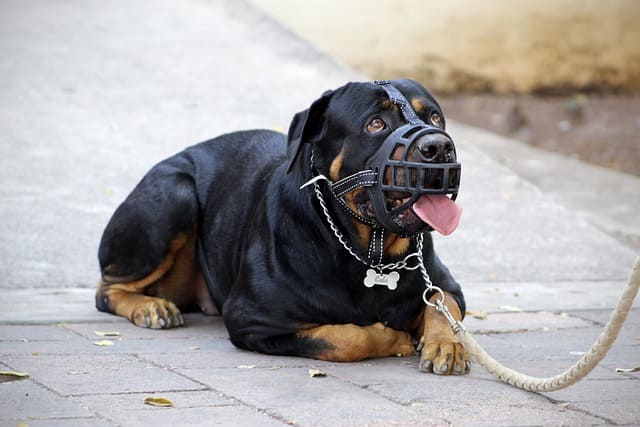
Be proactive
Don’t wait to put a muzzle on your dog until it’s necessary, get your dog used to wearing a muzzle as soon as possible.
Training your dog to wear a muzzle can help reduce stress in the exam room for both the human and your dog, as no one has to worry about being bitten. Even the friendliest dogs can bite when they are injured and suffering.
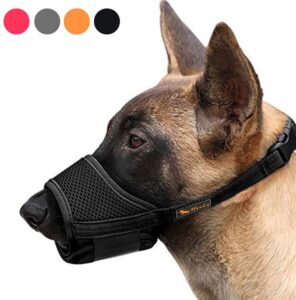
We never expect any emergency to happen to our dogs, but it’s always good to be prepared just in case. Some dogs hate having their nails clipped, your vet will thank you for bringing a dog that enjoys wearing the muzzle while handling it so you can keep all your fingers and toes.
If you have a dog that behaves aggressively towards people or dogs, it’s time to put a muzzle on it. A dog that has bitten in the past is serious and can spell disaster not only for you in terms of liability, but also for your dog.
The use of a muzzle will allow you to modify the behavior of your dog, whether it is aggressiveness towards people or dogs or fearful behavior, your first priority should be the safety of all involved.
What should I consider when using a muzzle?
The correct muzzle fit is very important, make sure the muzzle you buy is the right size and design for your dog.
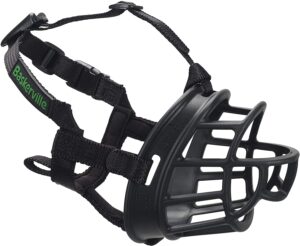
It should be comfortable and tight so your dog can breathe and, at best, drink and eat. Create a positive association around your dog’s mouth, take your time and present it in a fun way, make it as a game.
Mesh muzzles, also called protective muzzles, should only be used for very short periods or in an emergency. These muzzles keep the dog’s mouth closed, making it difficult to breathe and can lead to rapid overheating, especially in stressful situations.
Steps to put a muzzle on your dog
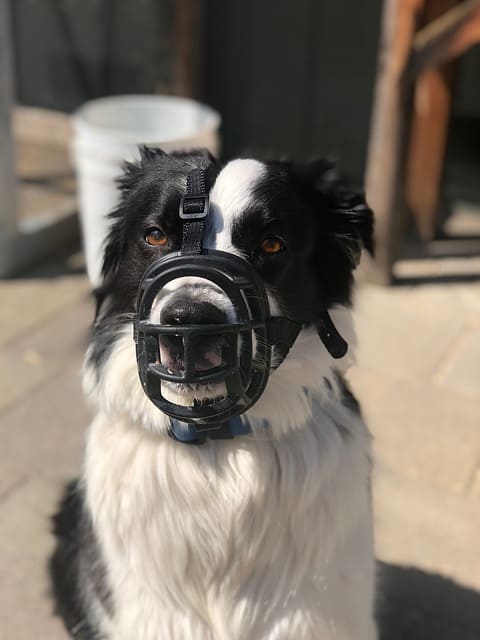
You will need treats or tasty food for the dog, such as sausages, cooked chicken, etc.
Sit in a chair with your dog facing you, point to the dog’s mouth and give him food. Remove the muzzle (to his back) and stop giving him food, continue to show the muzzle and food until the dog eagerly grabs the food when he sees the muzzle. Your goal is for the muzzle to be good in the dog’s eye.
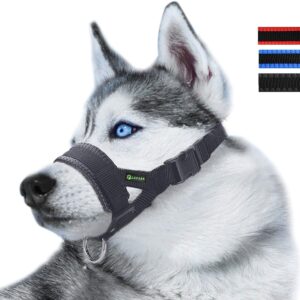
Just before the dog puts his nose in his mouth to eat, you can add a verbal cue like “muzzle.” Encourage the dog to stick their nose in the muzzle by giving them more treats or food through the muzzle and increasing the time the dog has to stick their nose into the muzzle before receiving a treat.
When the dog is ready to stick his nose in the muzzle, shorten the leash for a while and then remove it.
Gradually allow the strap to stay longer: 15 seconds, 30 seconds, 1 minute, 3 minutes, etc. Remember that sessions should be short at first.
The ideal is to do a few short sessions a day.
Gradually increase the amount of time your dog wears the muzzle until you’re home for 15-20 minutes, and then wear it during training or in stressful situations.
What breeds are required to wear a muzzle?
- Pitbull
- Staffordshire Bull Terrier
- American Staffordshire Terrier
- Rottweiler
- Dogo Argentino
- Brazilian Row
- Akita Inu
- Tosa Inu
In addition to these breeds considered “potentially dangerous” (PPP), according to communities or certain characteristics such as weight, musculature
- Weighing more than 20 kg, the height ranges between 50 and 70 centimeters and the width of the rib cage between 60 and 80 centimeters.
- Strong musculature, strong appearance and great resistance.
- Strong, fierce and aggressive character.
- Big head.
- Big jaw.
- Robust and wide neck.
- History of fights or attacks on other dogs or people. In these cases, the use of the muzzle and an official document issued by a veterinarian certifying the degree of danger of the dog is mandatory.
Do you help us share?
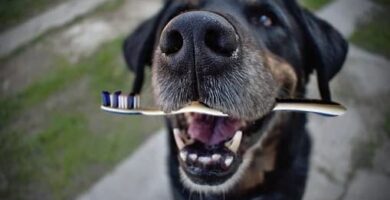
Why do you need to brush your dog’s teeth daily?
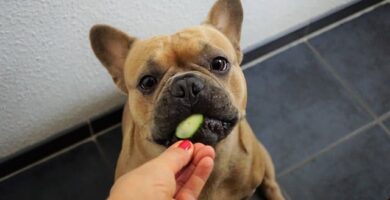
Fruits and Vegetables for Dogs
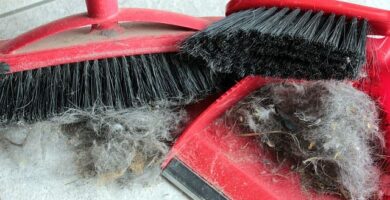
Home remedies for shedding hair in dogs
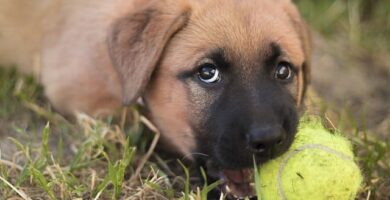
The arrival of a puppy
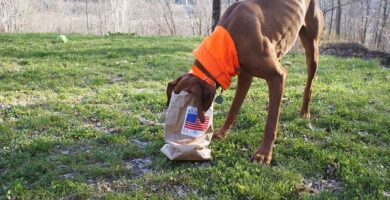
My dog ate a plastic bag
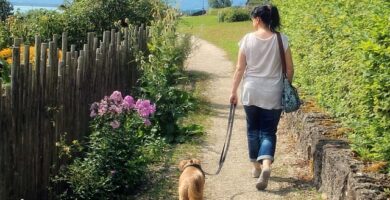
How to make walking with dogs fun
- Why do dogs bury bones? - January 2, 2023
- How long is a dog’s pregnancy? - December 24, 2022
- Why do dogs mark territory? - October 24, 2022
